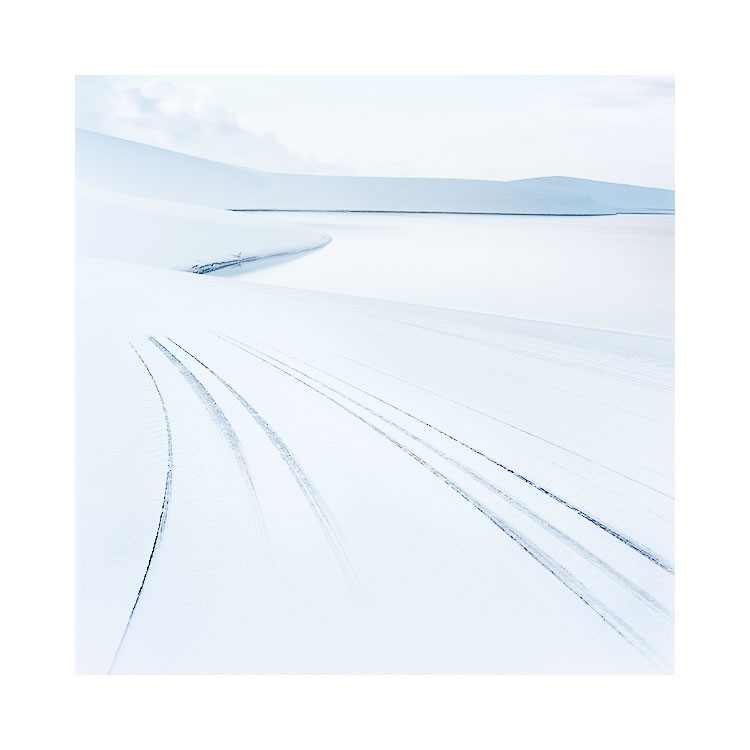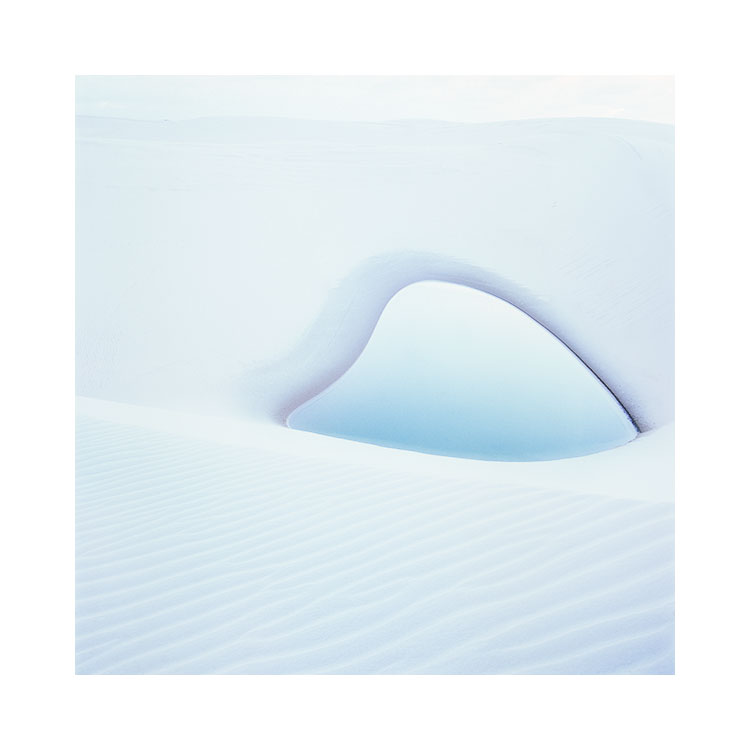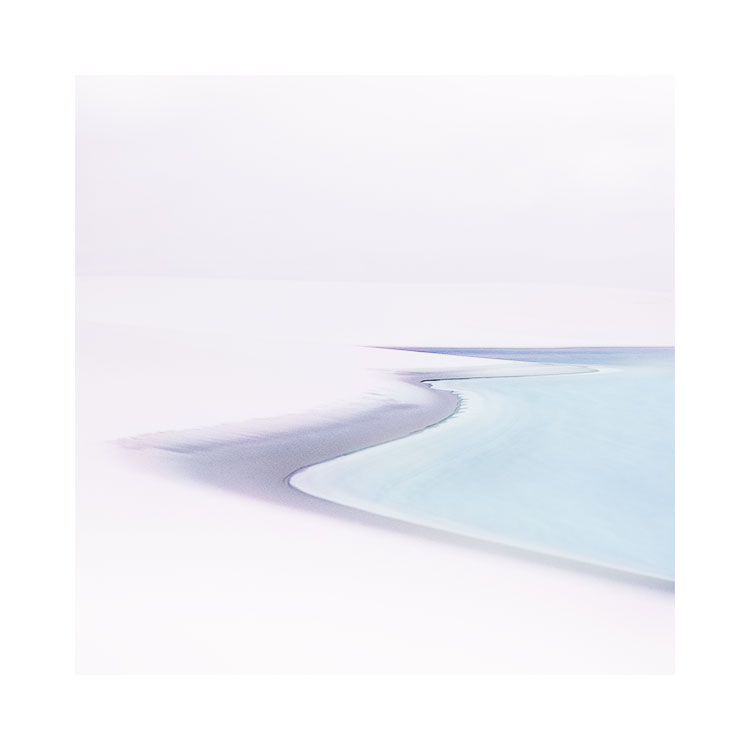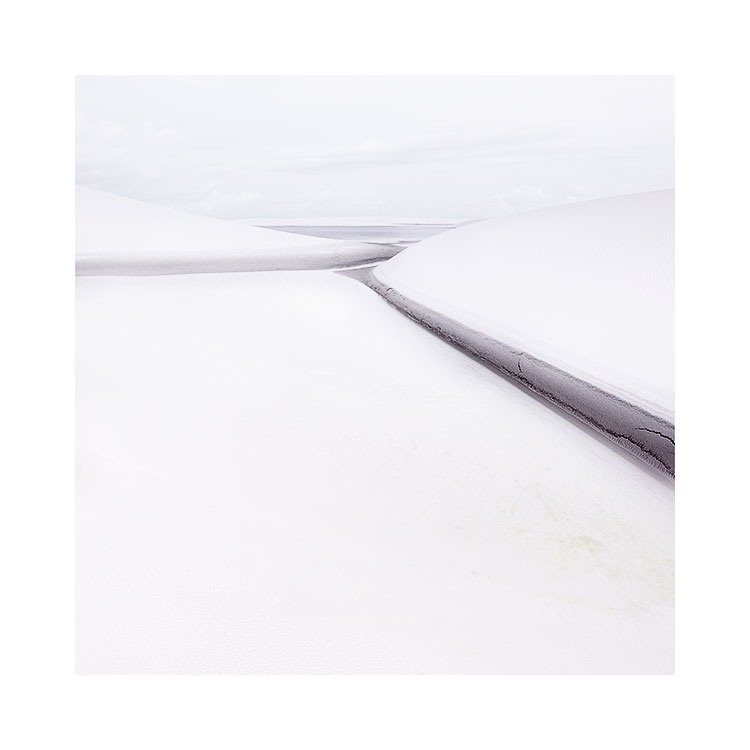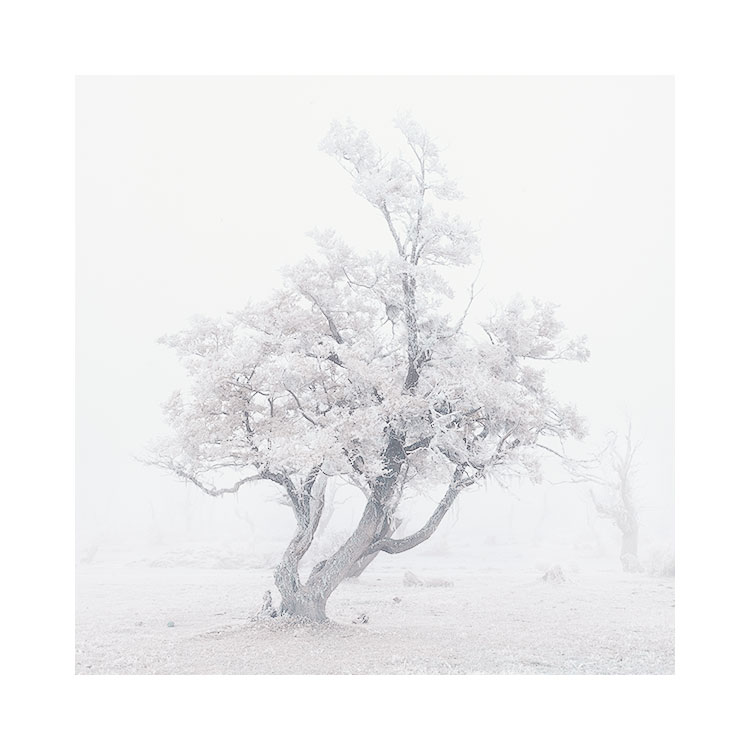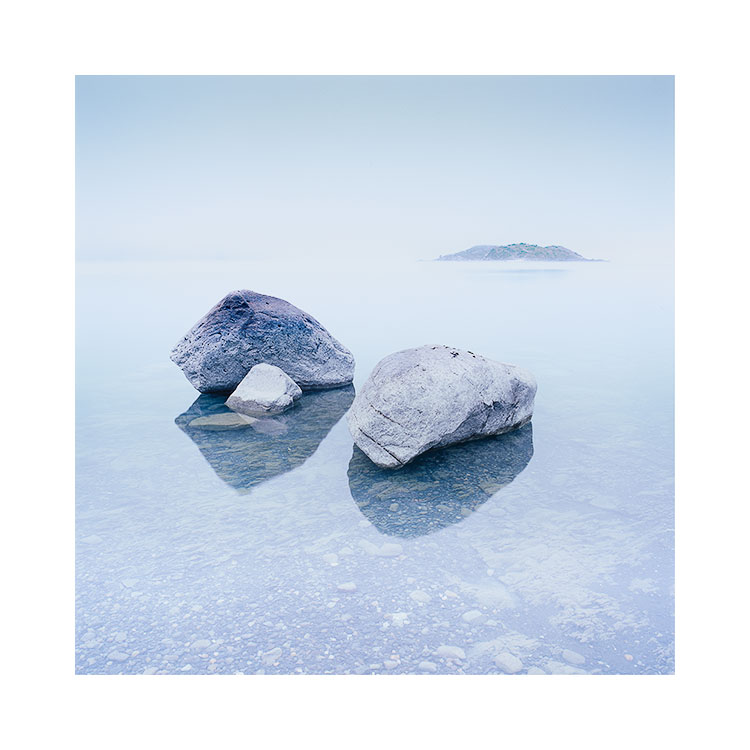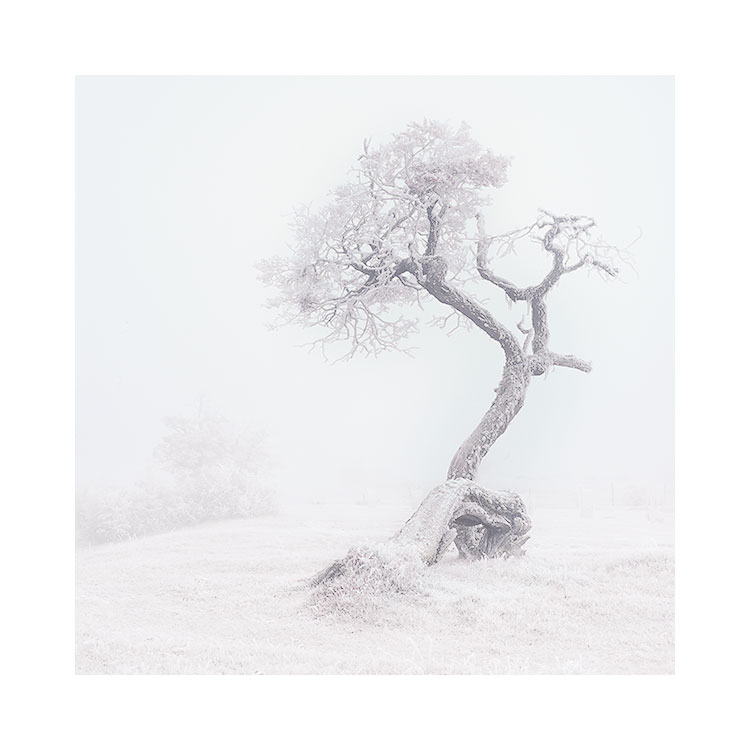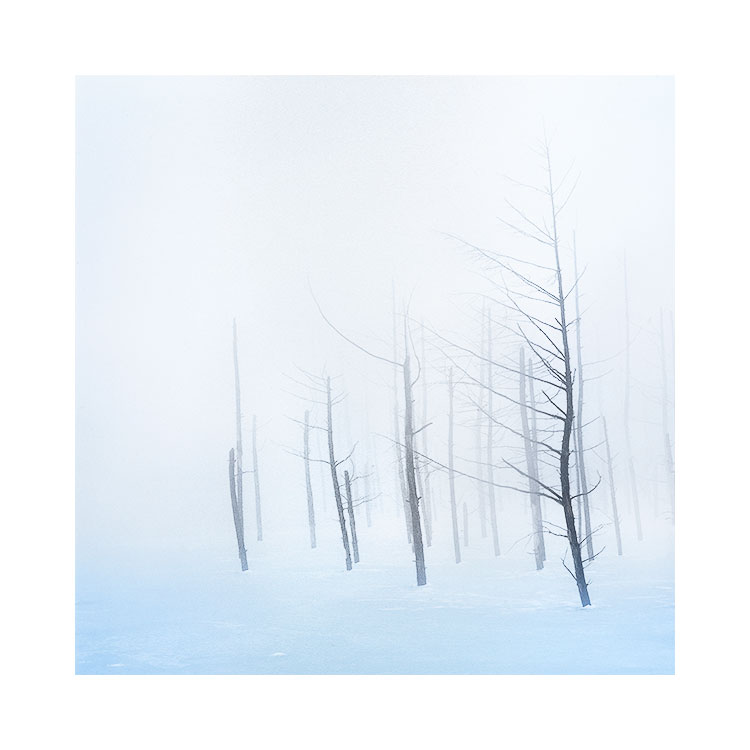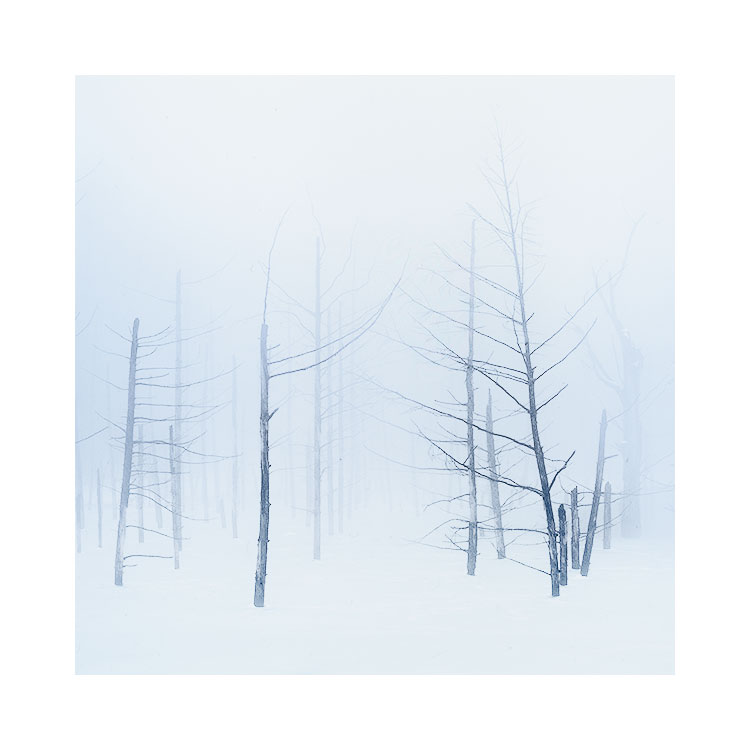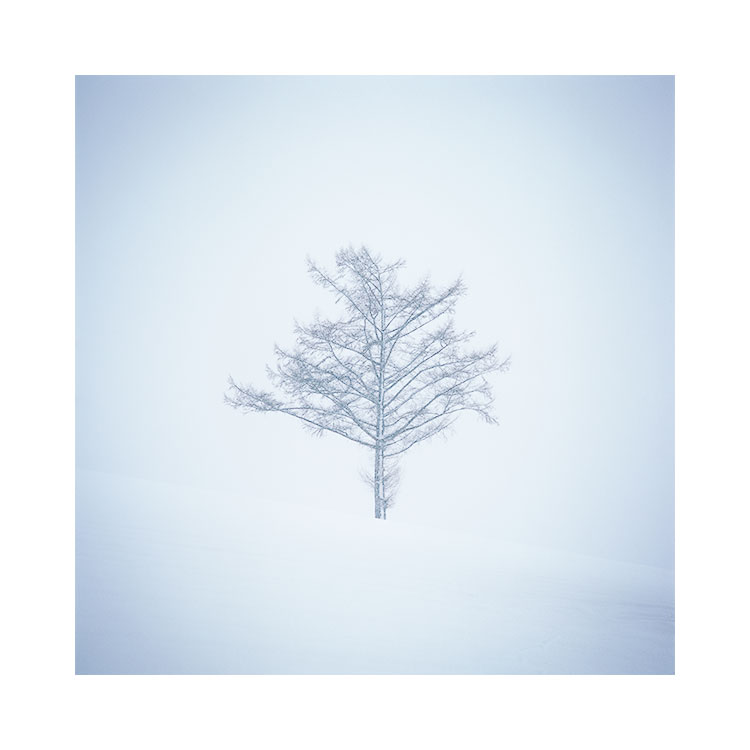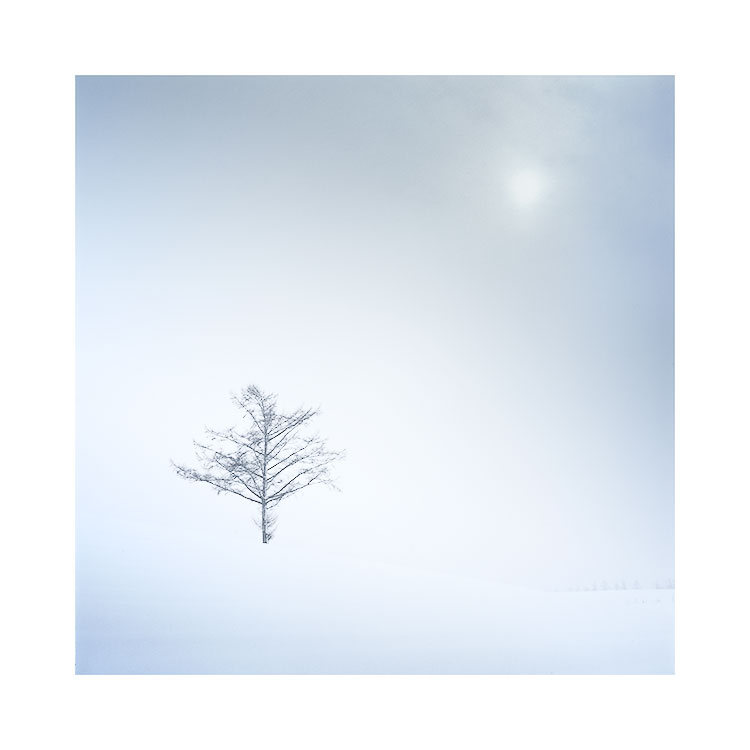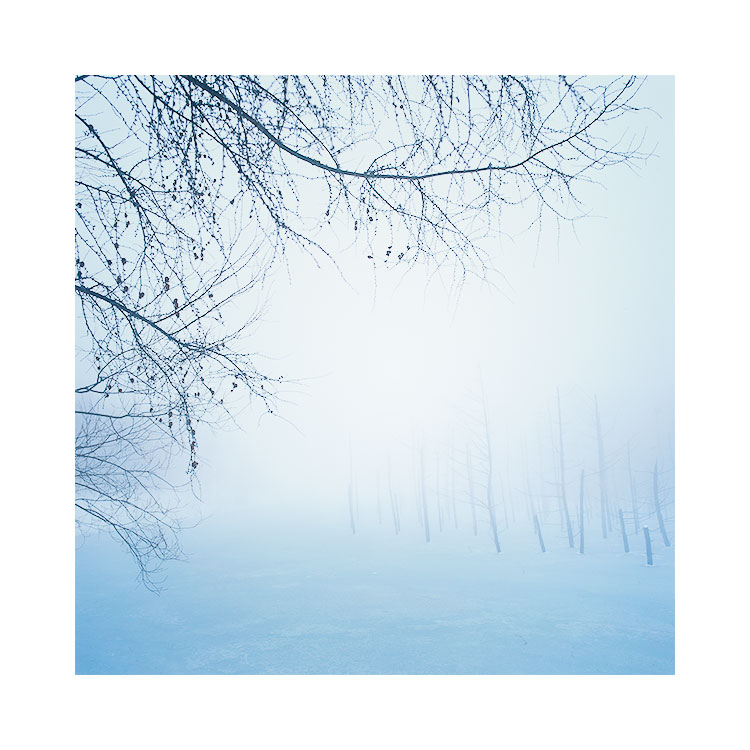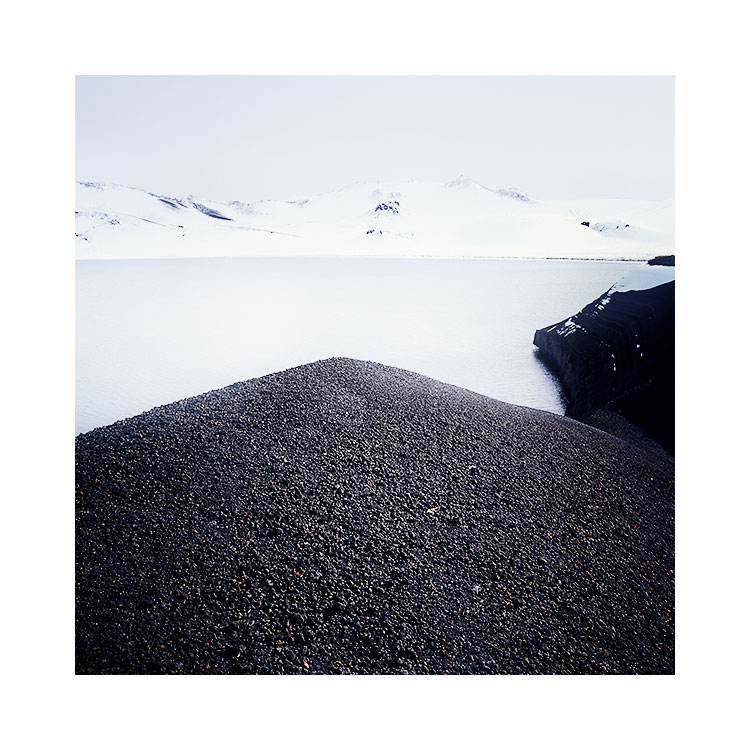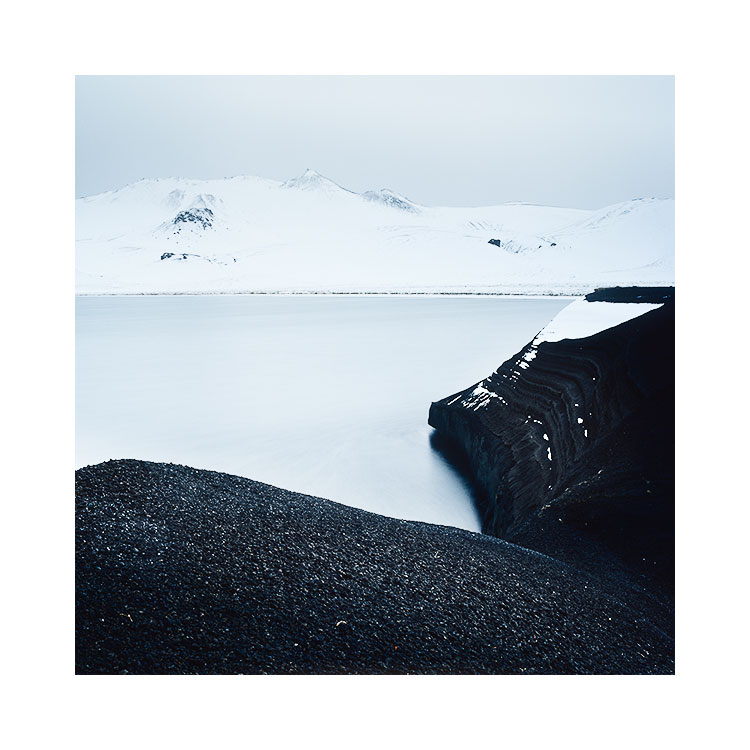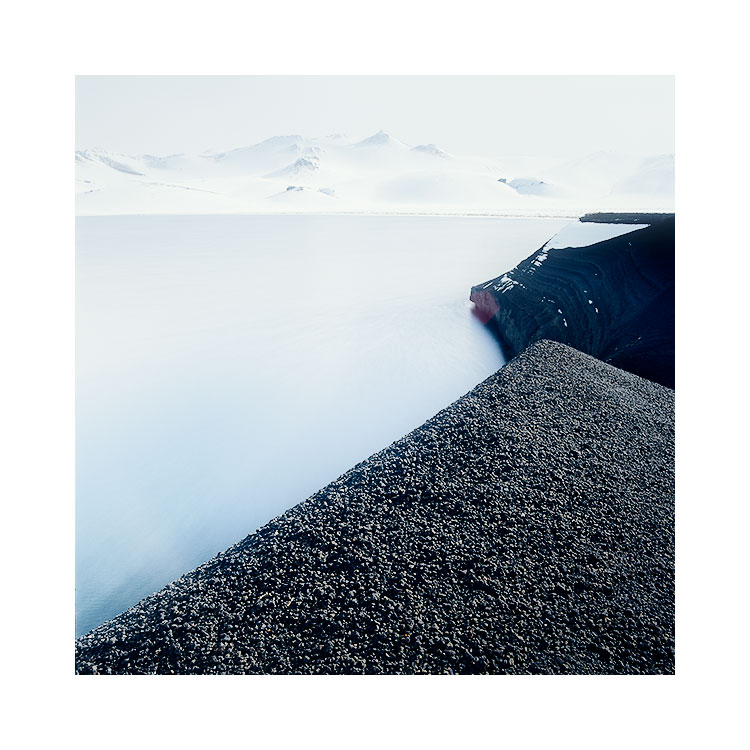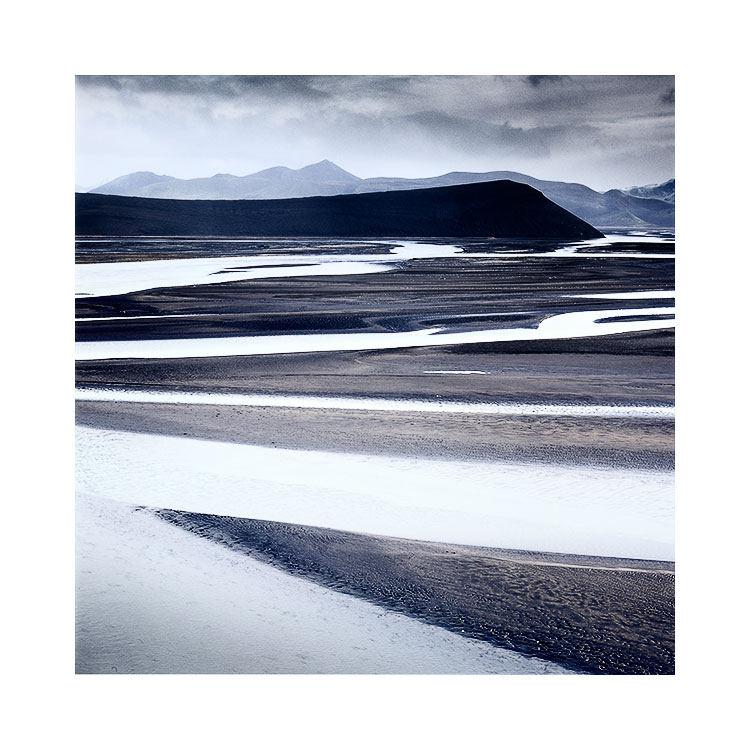For me, having a really tall tripod is critical. Cut back on the height and you cut back on your options.
Let’s think about this. When we travel, we travel to make photographs. So our no.1 concern should be to have the best tools with us. Cutting back on you tripod due to weight restrictions means you are cutting back on your photographic options. I’d argue that you can get that tall tripod in your luggage, and that you can carry it along with your other luggage, if you’re just more selective about bringing what you really need, rather than all the other things that you hardly use at all.
You are traveling to make pictures, and a tripod is essential in allowing you to get the best pictures you can. One of the best choices of tripod for me has been to bring one that allows me to extend it higher than my own physical height.
If you’re wondering why I need a tripod that goes up to 9 feet in height, then read this old post about tripod choice. I explain why having a tripod higher than you are is a very flexible, and important decision to consider when buying a tripod.
I’m in south Korea right now, and I’ve brought along the tallest tripod from Gitzo. It has a maximum height of 9 feet, and so far, I’ve used it at full height due to some walls and barriers that I’ve had to work around. This would not have been possible if I’d opted to bring along a lighter, more economical tripod.
I just think it makes no sense to cut back on your tripod and choose something lighter, when the main reason why you are travelling is to photograph. Your tripod should be the first priority when thinking of packing your bag. If the bag isn’t big enough for a solid tripod, then get a bigger bag. If the weight of your luggage exceeds the restrictions, then keep the tripod in, but lose some other things that are non-essential.
The last thing you need, is to find that you’ve spent thousands of dollars going on a trip of a life time, only to find that you can’t quite get the shots you want, because your tripod just needed to be a few feet higher, or more sturdy in some windy places.
The tripod I am travelling with right now is the Gitzo Systematic Tripod Series 5 6S G. I’m loving it and I don’t intend to go back to a smaller, lighter one, unless it is for practical reasons such as trekking long distances etc.



